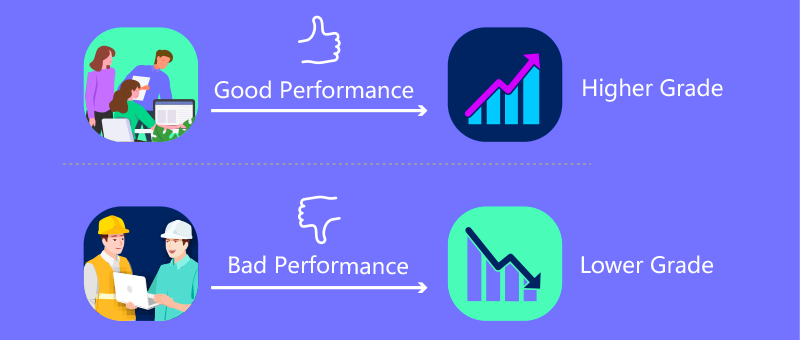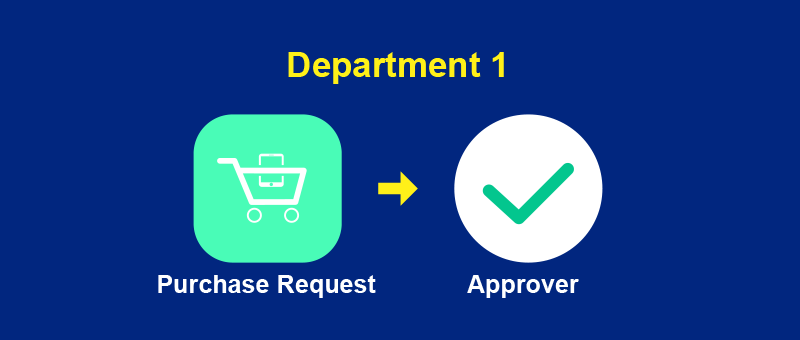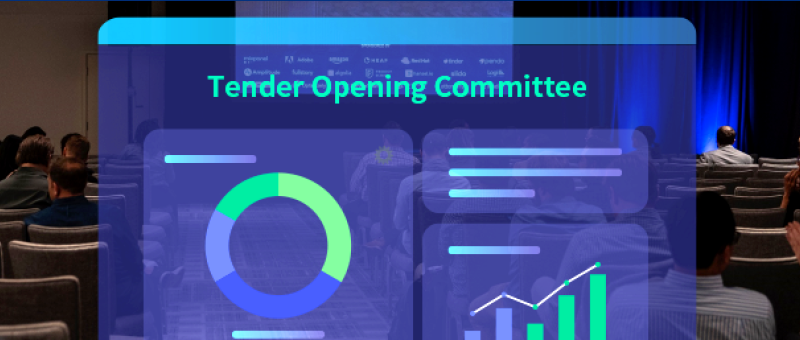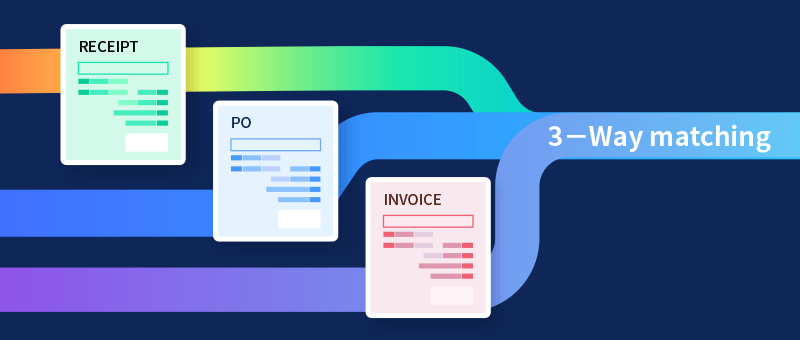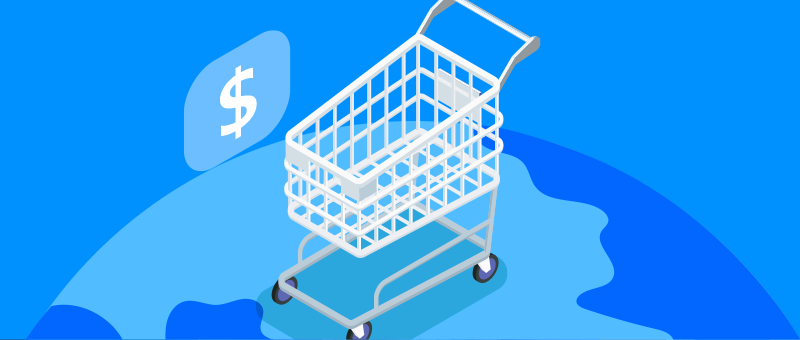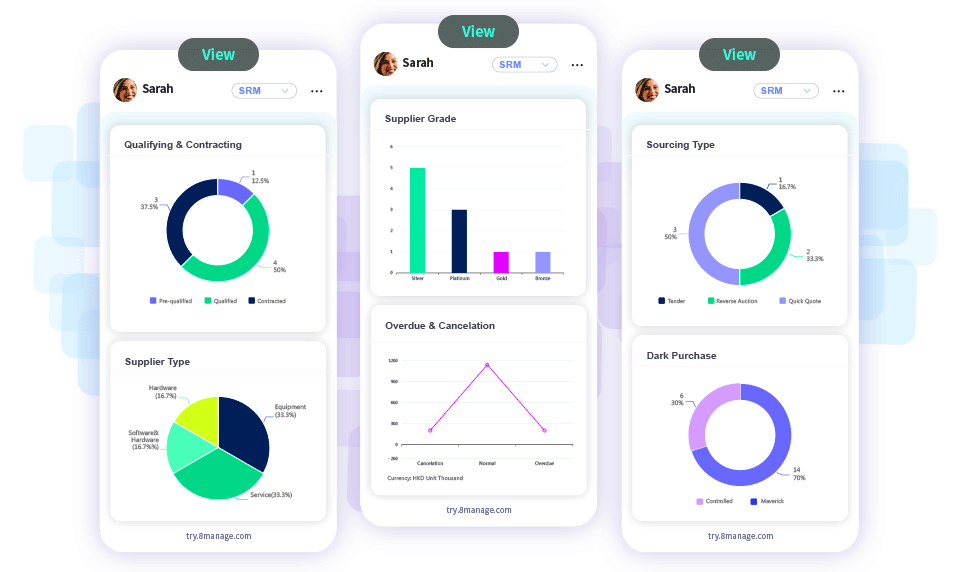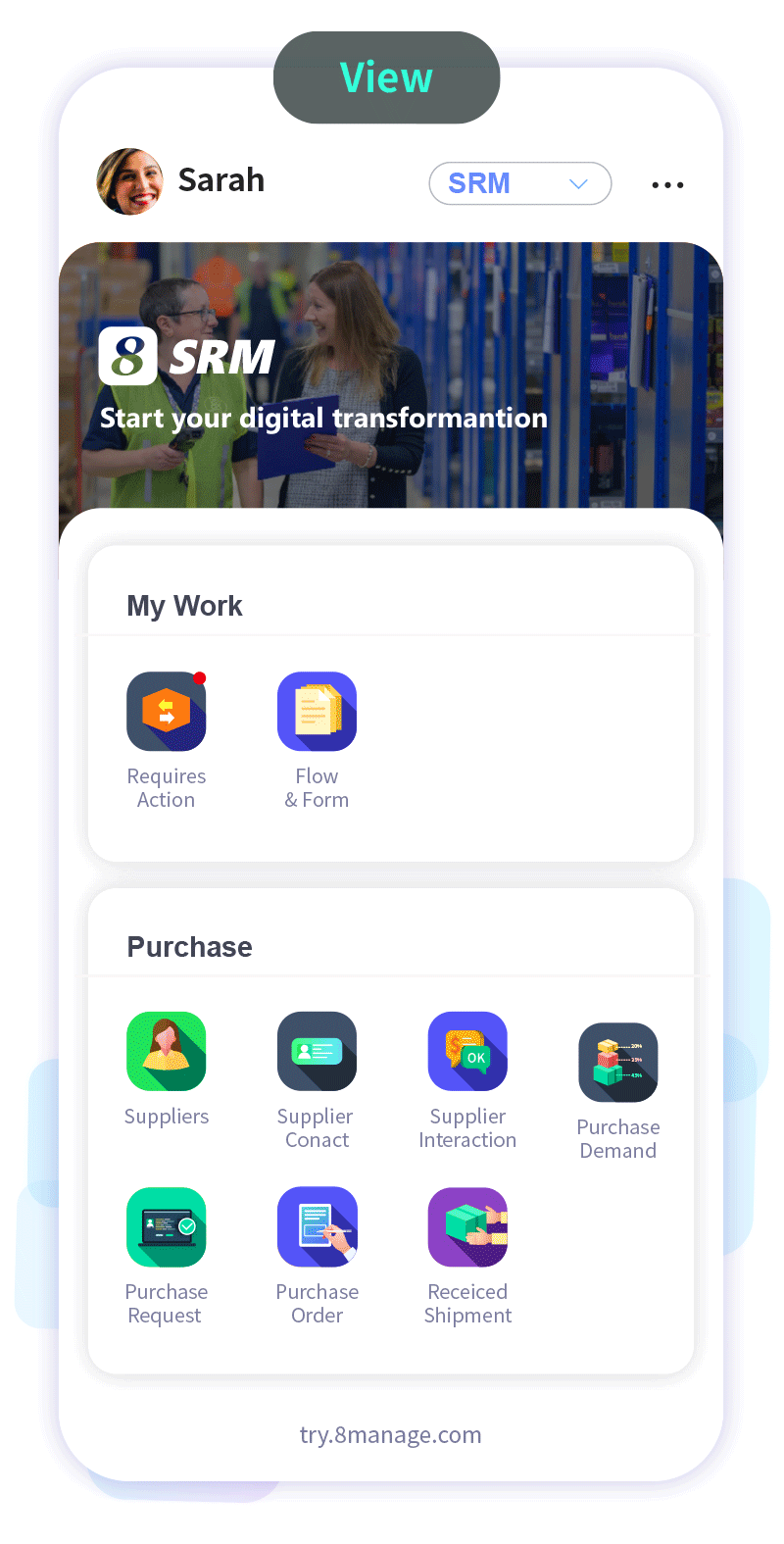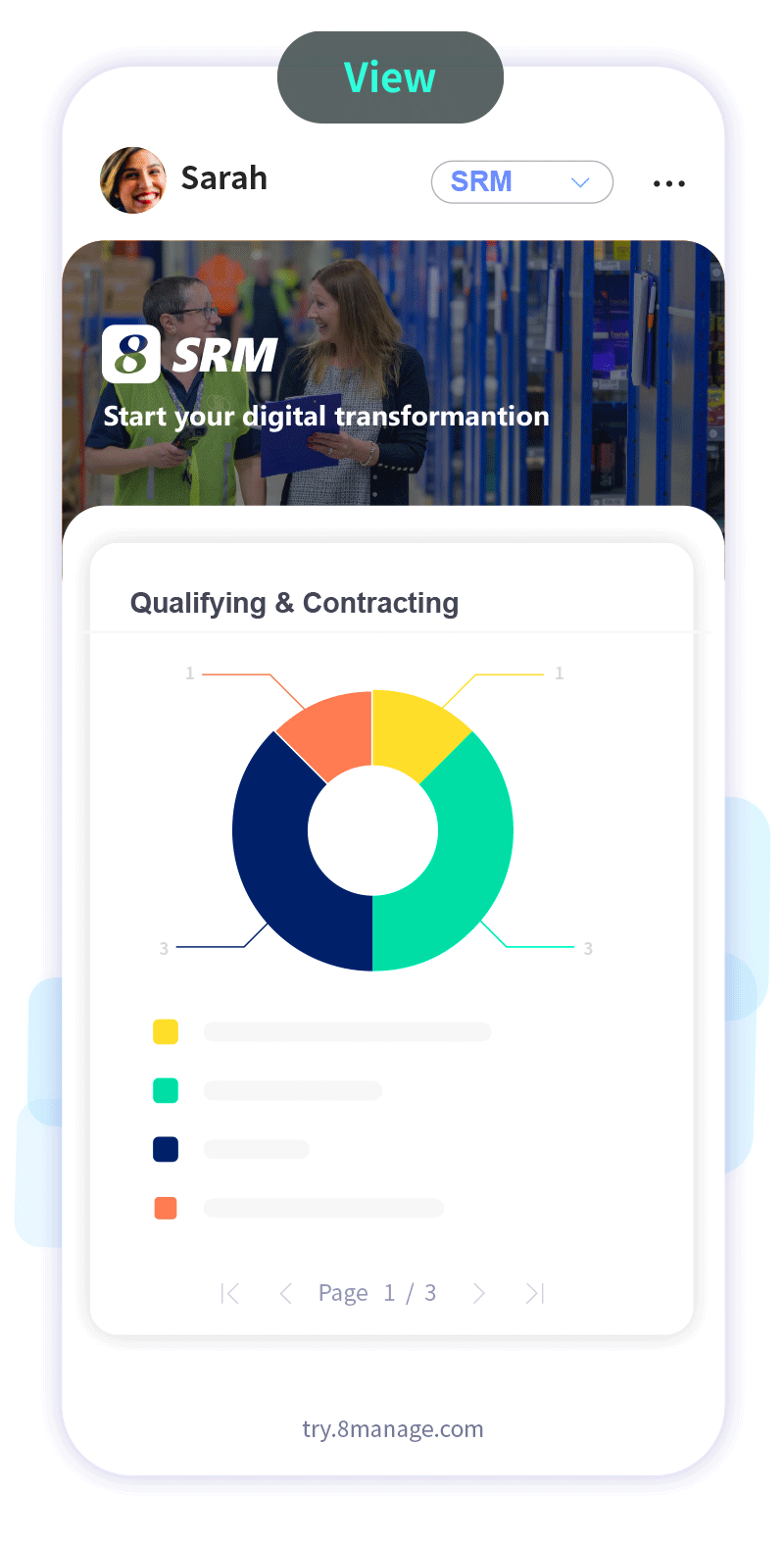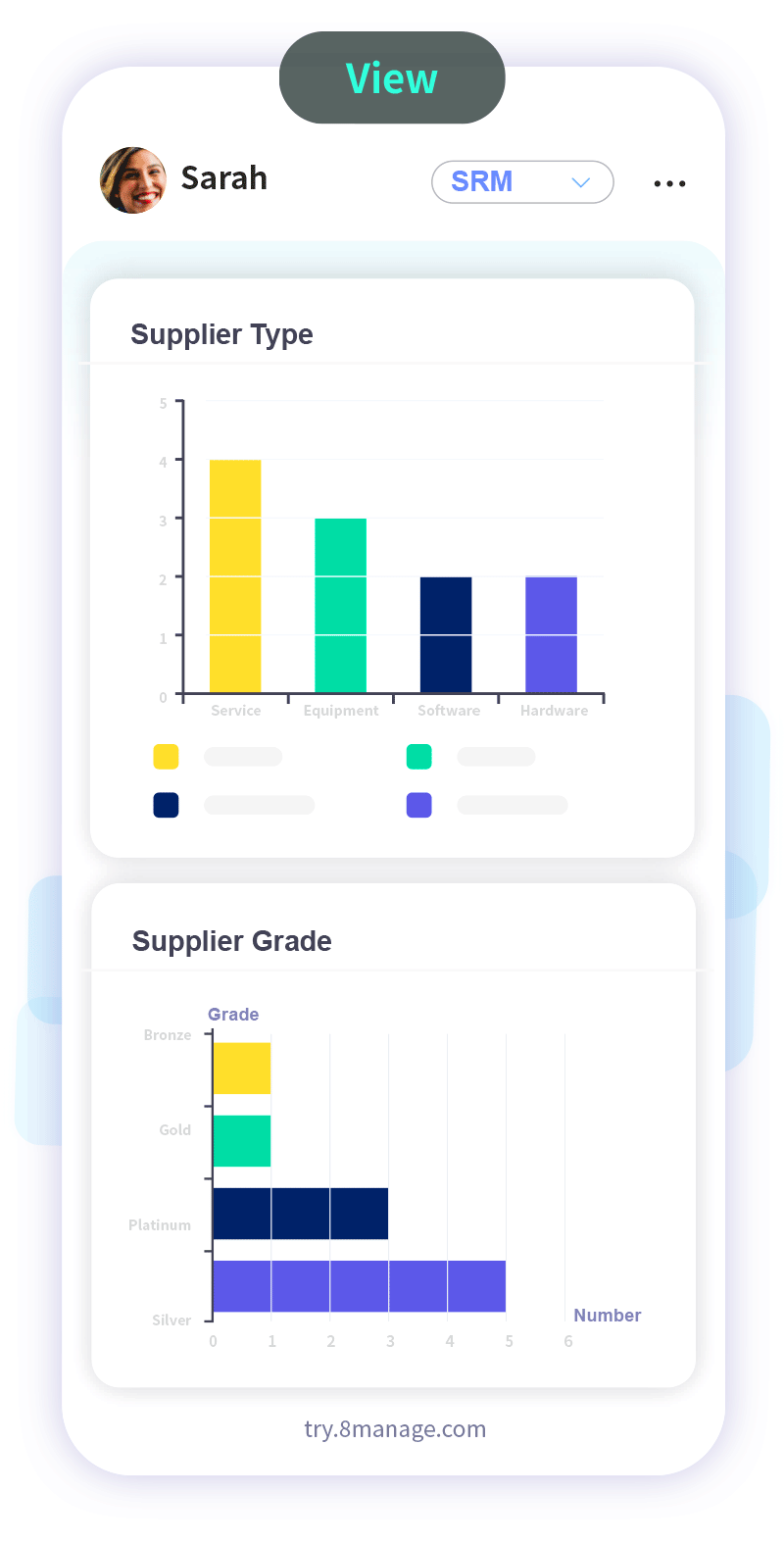Supplier Management
Manage many suppliers in their each step

Supplier
Segmentation
Segmentation

Supplier Evaluation & Selection

Supplier Onboarding & Contract Implementation

Supplier Performance
Management
Management
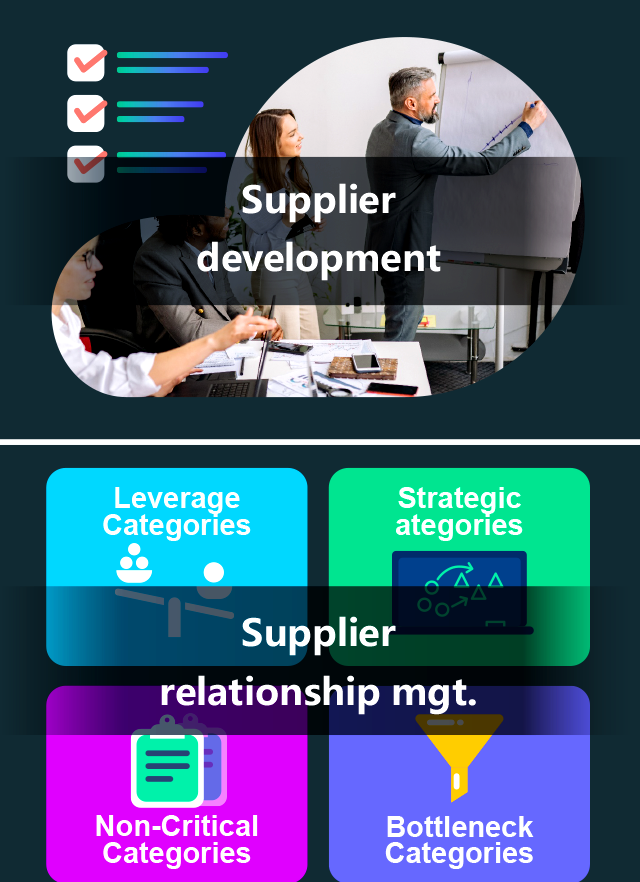
Supplier Relationship
Management
Management
 allows you to segment your suppliers into groups based on certain criteria, you can decide on the type and level of attention needed. By doing so, you will achieve the following benefits:
allows you to segment your suppliers into groups based on certain criteria, you can decide on the type and level of attention needed. By doing so, you will achieve the following benefits:
- Procurement teams can focus on specific suppliers and categories, improving efficiency.
- Buyers can have access to data for better price negotiation and risk management.
- Finance teams can track spending by supplier type, making it easier to identify cost drivers.
 provides you the workflow to identify, evaluate, and select suppliers that meet your specific requirements. You can have many criteria to consider when selecting your suppliers, such as quality, price, delivery time, track record and potential conflicts of interest.
provides you the workflow to identify, evaluate, and select suppliers that meet your specific requirements. You can have many criteria to consider when selecting your suppliers, such as quality, price, delivery time, track record and potential conflicts of interest.
 supplier portal provides the automated workflows for collecting and analyzing supplier information in order to register and approve suppliers for the purpose of procurement of goods and service in a secure and compliant manner.
supplier portal provides the automated workflows for collecting and analyzing supplier information in order to register and approve suppliers for the purpose of procurement of goods and service in a secure and compliant manner.
 provides the workflows for putting a contract into action. Since contract implementation can be complex and time-consuming, it is very important to get it right so that both parties receive the benefits they expect from the agreement.
provides the workflows for putting a contract into action. Since contract implementation can be complex and time-consuming, it is very important to get it right so that both parties receive the benefits they expect from the agreement.  tracks contractual terms to ensure both parties meet the contractual obligations. It also provides visibility to the large business.
tracks contractual terms to ensure both parties meet the contractual obligations. It also provides visibility to the large business.
 provides the workflows to measure, analyze, and manage the supplier's performance in an effort to cut costs, alleviate risks, and drive continuous improvement. Supplier performance can be assessed by evaluating a few characteristics which can include:
provides the workflows to measure, analyze, and manage the supplier's performance in an effort to cut costs, alleviate risks, and drive continuous improvement. Supplier performance can be assessed by evaluating a few characteristics which can include:- Product or service quality
- Percentages of incoming rejects
- Delivery accuracy
- Warranty claims
- Customer service
- Delivery lead times
- Account management
- Commercial costs
Replacing a supplier can be costly and time-consuming and may slow your business down.  keeps accurate records and provides you better data and enhanced collaboration to ensure your relationships with your suppliers remain profitable. It’s a win-win for all parties. Over time you’ll notice that communications improve and mutual goals will align more closely.
keeps accurate records and provides you better data and enhanced collaboration to ensure your relationships with your suppliers remain profitable. It’s a win-win for all parties. Over time you’ll notice that communications improve and mutual goals will align more closely.
 keeps accurate records and provides you better data and enhanced collaboration to ensure your relationships with your suppliers remain profitable. It’s a win-win for all parties. Over time you’ll notice that communications improve and mutual goals will align more closely.
keeps accurate records and provides you better data and enhanced collaboration to ensure your relationships with your suppliers remain profitable. It’s a win-win for all parties. Over time you’ll notice that communications improve and mutual goals will align more closely.Recruitment & Selection
 provides you with tools to:
provides you with tools to:
- (i) broadcast your needs to recruit new suppliers and qualify them and
- (ii) set criteria to screen, evaluate and select your suppliers.

Broadcast Needs

Prequalification

Due Diligence

Shortlisting
 provides you the tools to prepare the following information to communicate to suppliers:
provides you the tools to prepare the following information to communicate to suppliers:
- Clear objectives & expectations
- Clear on-time delivery, cost and quality performance measurement
 also provides you with the communication protocols so that you can effectively communicate to either your selected suppliers or all suppliers on the market.
also provides you with the communication protocols so that you can effectively communicate to either your selected suppliers or all suppliers on the market.
 provides you the tools to evaluate potential suppliers to determine if they meet your organization's requirements before initiating the procurement process. It is an essential step in ensuring that your company gets the best value for its money while mitigating unnecessary risks.
provides you the tools to evaluate potential suppliers to determine if they meet your organization's requirements before initiating the procurement process. It is an essential step in ensuring that your company gets the best value for its money while mitigating unnecessary risks.
 provides you the tools to gather information to understand the credibility and suitability of your prospective suppliers for due diligence. It aims to assess security posture to identify any potential risks of the suppliers.
provides you the tools to gather information to understand the credibility and suitability of your prospective suppliers for due diligence. It aims to assess security posture to identify any potential risks of the suppliers.
 provides you the tools to obtain the best possible list of suppliers by eliminating the less qualified ones according to the goods and services required in one or multiple rounds. The following is an example:
provides you the tools to obtain the best possible list of suppliers by eliminating the less qualified ones according to the goods and services required in one or multiple rounds. The following is an example:
- First round: Evaluating offers
- Second round: Operational capacity analysis
- Third round: Technical capability determination
- Fourth round: Financial analysis
Supplier Onboarding
 provides you with tools to automate your engagement process and monitor supplier performance.
provides you with tools to automate your engagement process and monitor supplier performance.
Pre-boarding Self-learning

Supplier Integration

Supplier Self-service Portal
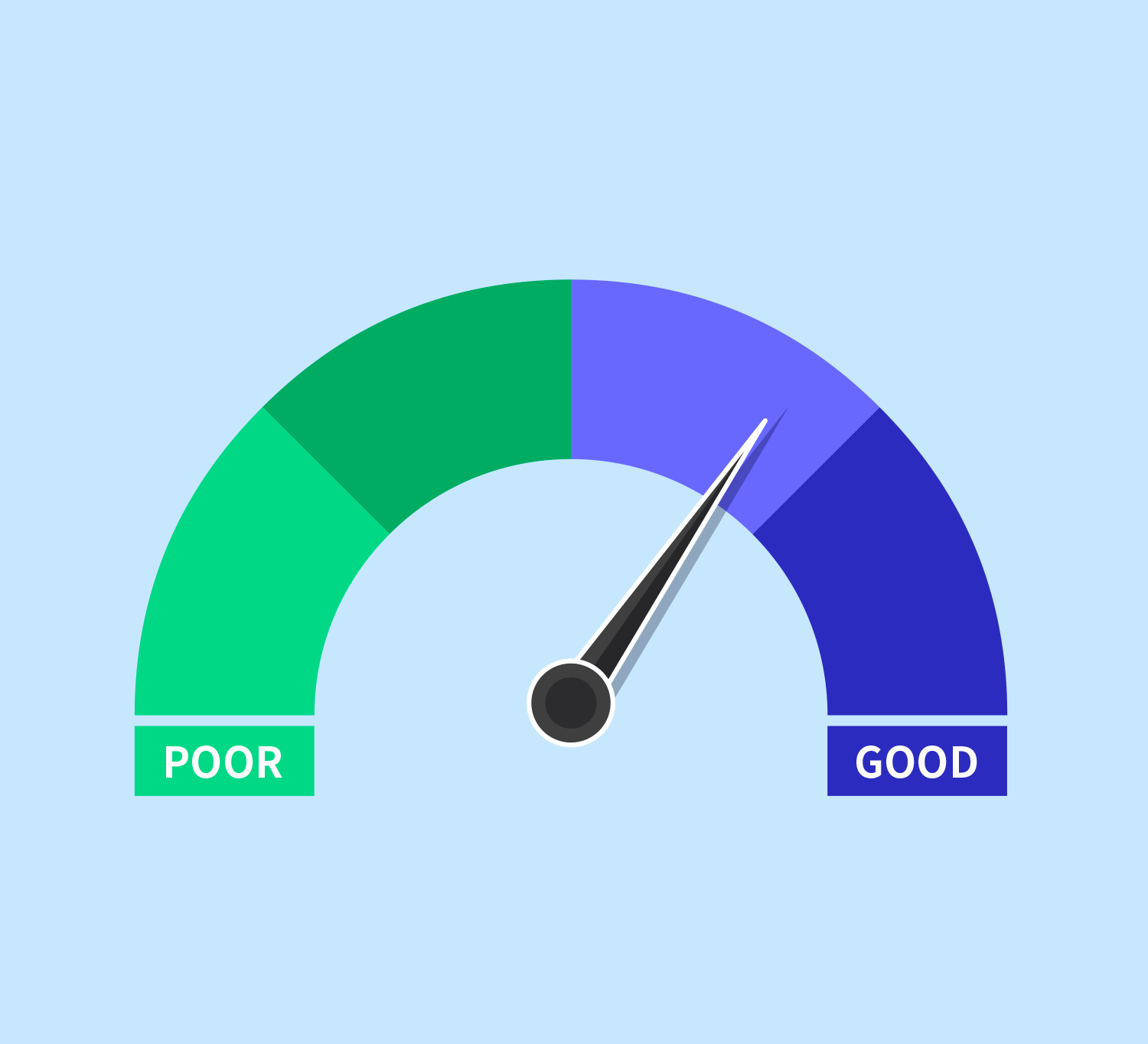
Monitoring & Measure
Pre-boarding is the step before onboarding. The  supplier portal provides self-learning tools to help the new suppliers to get familiar with the operating environment and the to-do list.
supplier portal provides self-learning tools to help the new suppliers to get familiar with the operating environment and the to-do list.
 supplier portal provides self-learning tools to help the new suppliers to get familiar with the operating environment and the to-do list.
supplier portal provides self-learning tools to help the new suppliers to get familiar with the operating environment and the to-do list.Team integration -  provides the tools to allow effective collaboration between your teams and your suppliers throughout various stages. Communicating any changes to your supplier earlier allows more time for adjustments. Supplier evaluation enables your teams to choose partners compatible with their processes and culture.
provides the tools to allow effective collaboration between your teams and your suppliers throughout various stages. Communicating any changes to your supplier earlier allows more time for adjustments. Supplier evaluation enables your teams to choose partners compatible with their processes and culture.
Operation integration - provides the tools to allow cutting waste, reducing cost, and developing a relationship that allows both your teams and the suppliers to achieve mutual improvements.
provides the tools to allow cutting waste, reducing cost, and developing a relationship that allows both your teams and the suppliers to achieve mutual improvements.
 provides the tools to allow effective collaboration between your teams and your suppliers throughout various stages. Communicating any changes to your supplier earlier allows more time for adjustments. Supplier evaluation enables your teams to choose partners compatible with their processes and culture.
provides the tools to allow effective collaboration between your teams and your suppliers throughout various stages. Communicating any changes to your supplier earlier allows more time for adjustments. Supplier evaluation enables your teams to choose partners compatible with their processes and culture.Operation integration -
 provides the tools to allow cutting waste, reducing cost, and developing a relationship that allows both your teams and the suppliers to achieve mutual improvements.
provides the tools to allow cutting waste, reducing cost, and developing a relationship that allows both your teams and the suppliers to achieve mutual improvements.
 provides the integrated online platform shared by your business and your suppliers.
provides the integrated online platform shared by your business and your suppliers.  Supplier Self-service Portal is used for entering supplier information, requirements communications, receiving bid requests, submitting bids and documents, signing contracts and confirming orders, participating on real-time (reverse) auctions, collaborating on deliveries or projects, displaying status, invoicing and payments.
Supplier Self-service Portal is used for entering supplier information, requirements communications, receiving bid requests, submitting bids and documents, signing contracts and confirming orders, participating on real-time (reverse) auctions, collaborating on deliveries or projects, displaying status, invoicing and payments.
 provides the tools to monitor and track supplier performance against agreed upon standards and expectations. This helps you identify areas for improvement, reduce the risk of disruption, and ensure that your supplies are meeting your needs.
provides the tools to monitor and track supplier performance against agreed upon standards and expectations. This helps you identify areas for improvement, reduce the risk of disruption, and ensure that your supplies are meeting your needs.
Supplier Performance
 provides you with tools to track and analyze the performance of your suppliers to help control costs,
provides you with tools to track and analyze the performance of your suppliers to help control costs, support compliance, and support long-lasting relationships.

 allows the user to set up the questionnaire for performance appraisal for the target vendor or supplier and
allows the user to set up the questionnaire for performance appraisal for the target vendor or supplier and  can automatically send the questionnaire to the appraisers specified by the user and calculate the result based on the pre-assigned score for each answer for each question in the questionnaire.
can automatically send the questionnaire to the appraisers specified by the user and calculate the result based on the pre-assigned score for each answer for each question in the questionnaire.The performance appraisal result can be used to advance the vendor or supplier to a higher grade or demote it to a lower grade or even blacklist.
Supplier Relationship
 provides you the systematic approach of evaluating and classifying your suppliers (e.g., buy-the-market, on-going, partner and strategic alliance) defined in your strategy and managing your relationships with them accordingly.
provides you the systematic approach of evaluating and classifying your suppliers (e.g., buy-the-market, on-going, partner and strategic alliance) defined in your strategy and managing your relationships with them accordingly.

Besides managing supplier relationship by category, you also need to have a good handle of the following.
Tracking all key interactions and promises
 provides the tools to maintain corporate memory of the key interactions and promises from both the buyer and supplier sides and be able to view them in chronological order.The easy and clear tracking of what have been discussed and promised helps reinforce that people of the same corporate to have corporate memory and speak with the same tongue.
provides the tools to maintain corporate memory of the key interactions and promises from both the buyer and supplier sides and be able to view them in chronological order.The easy and clear tracking of what have been discussed and promised helps reinforce that people of the same corporate to have corporate memory and speak with the same tongue.Tracking all issues
 allows centralized tracking of issues and actions and provides automated alerts and escalations.
allows centralized tracking of issues and actions and provides automated alerts and escalations.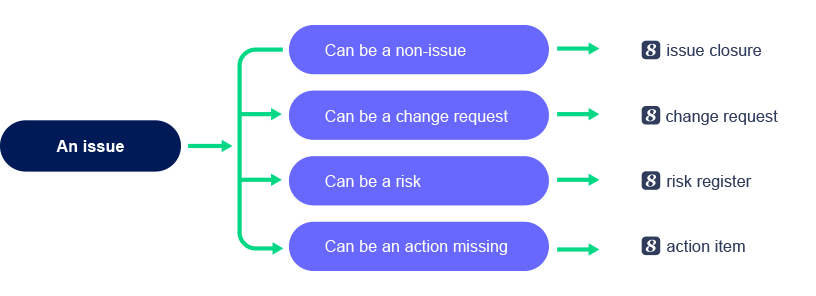
Managing reward and punishment
 can detect any discrepancies between what have been promised and what have been delivered at the earliest possible time to avoid the building-up of over-promising and under-delivering.
can detect any discrepancies between what have been promised and what have been delivered at the earliest possible time to avoid the building-up of over-promising and under-delivering.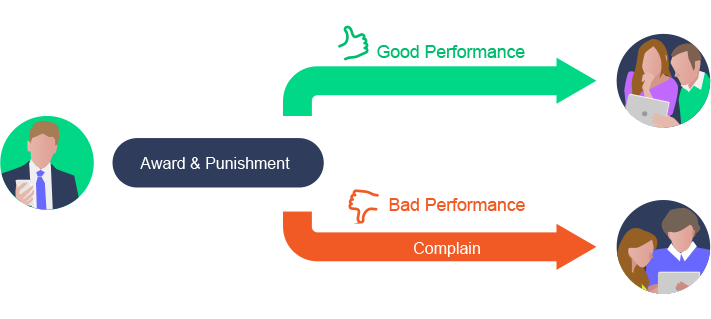
 can support rewards and penalties based on KPI results. The real-time performance-based rewards and penalties help reinforce the enterprise and its vendors to keep their promises or they will face the consequences.
can support rewards and penalties based on KPI results. The real-time performance-based rewards and penalties help reinforce the enterprise and its vendors to keep their promises or they will face the consequences.





















